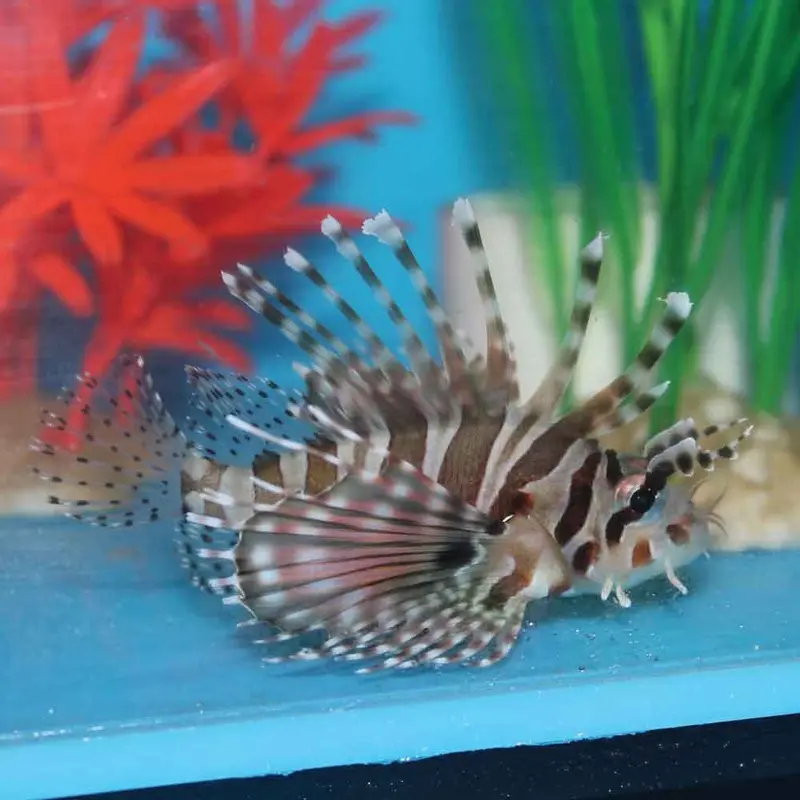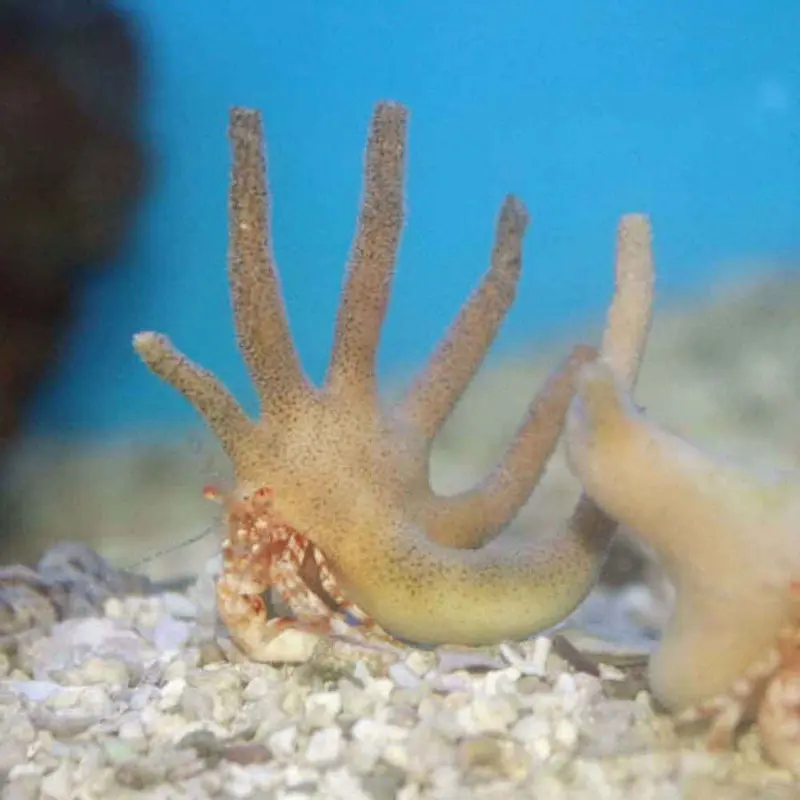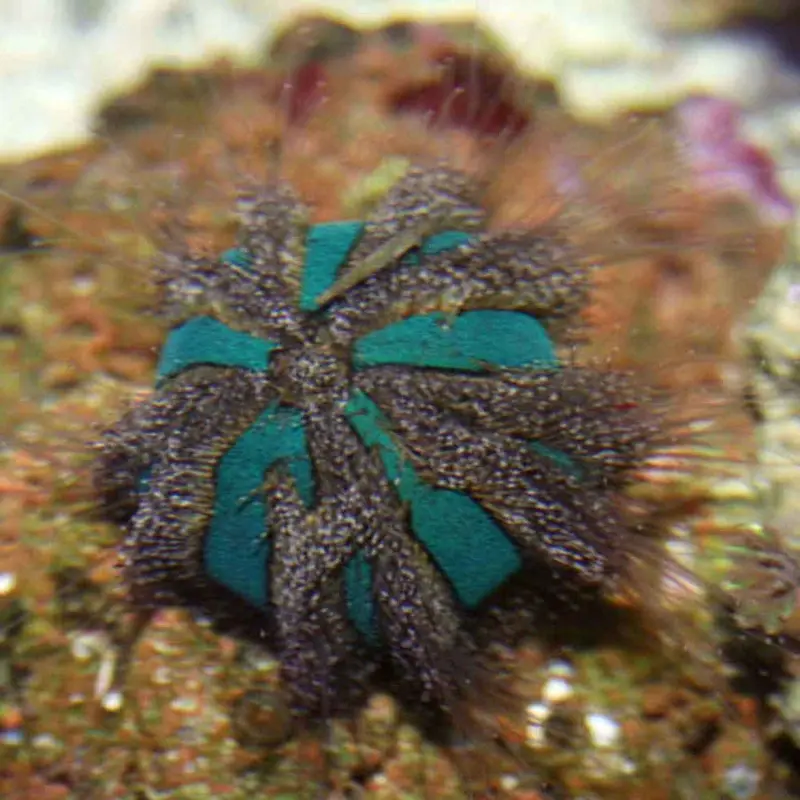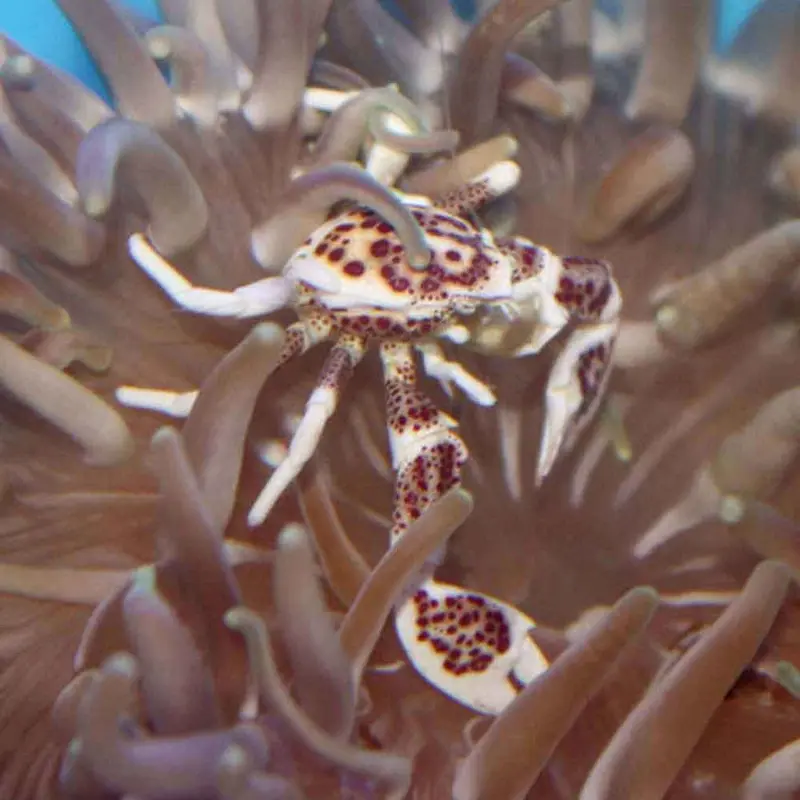 Sale!
Sale! Dwarf Zebra Lionfish – Dendrochirus zebra
$40.00 $79.99
The Dwarf Zebra Lionfish (Dendrochirus zebra) is named for its brown and white banded body and fin coloration. The pectoral fins of the Dwarf Zebra Lion are fan shaped and have shorter filaments than most lions. The body is stout and it has two short frills above its eyes. This species is very similar to several others, including the Antennata Lionfish (Pterois antennata). The Dwarf Zebra Lionfish is noted for the two light spots on the base of its tail which are absent in the other species.
Lionfish and Scorpionfish are perhaps best known for the venomous spines in their dorsal and pectoral fins. The sharp spines are used by the fish to ward off predators. While special consideration should be given before placing one of these predators in your home aquarium, they are some of the most stunning and desired fish in the aquarium trade. Fish in this family vary greatly in appearance, even between individuals of the same species. Many lionfish and scorpionfish are colored and shaped to blend in with rockwork, sponges, algae and other parts of the reefs they inhabit.
These fish are voracious predators. Most species will wait for potential prey to come close before snatching it for a meal. Some, like the popular Volitan Lionfish, may actively stalk their prey. Lionfish and Scorpionfish can be fed a variety of frozen and prepared meaty foods like shrimp, clams, scallops, krill and other similar foods, but some may need live food like small feeder fish or ghost shrimp to trigger a feeding response. Those that dwell in rock or on the bottom of the aquarium may need to be target fed with tongs or a feeding stick to make sure they get adequate amounts of food.
These fish are generally safe in reef aquariums as they do not eat corals or polyps, but take extra care to know where the fish is located as they may blend in very well with the rocks and corals. Do not keep these fish with shrimp, crabs or fish small enough to be eaten.
The venomous spines of lionfish and other scorpionfish are used exclusively for defense. The potency of the venom varies by species, and effects can range from a strong irritation to very painful or even life-threatening reaction. Most stings in the aquarium happen accidentally, a result of the aquarist making contact with the spines while maintaining the tank. Feeding any animals in the tank by hand can increase the risk of being stung and is not recommended. Always be aware of where your lionfish or scorpionfish is when working in your aquarium, and seek medical attention immediately if a sting should occur.
Visit
| Cost: | $25 |
| Free Shipping: | We offer free shipping on orders over $30. Please check the free - shipping eligibility at checkout. |
| Delivery Time: | It usually takes [3-5] business days for standard shipping. Please note that this is an estimated time frame and may be affected by local holidays, and unforeseen circumstances. |





Reviews
There are no reviews yet.